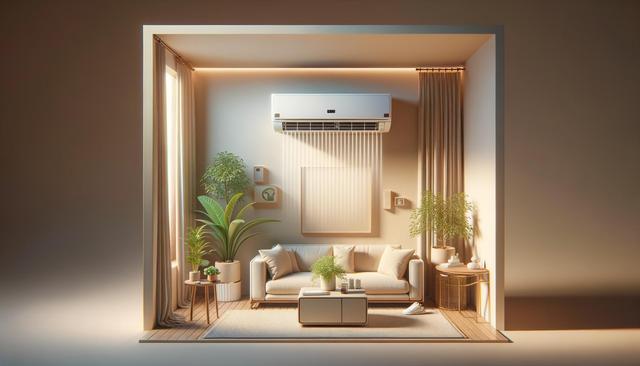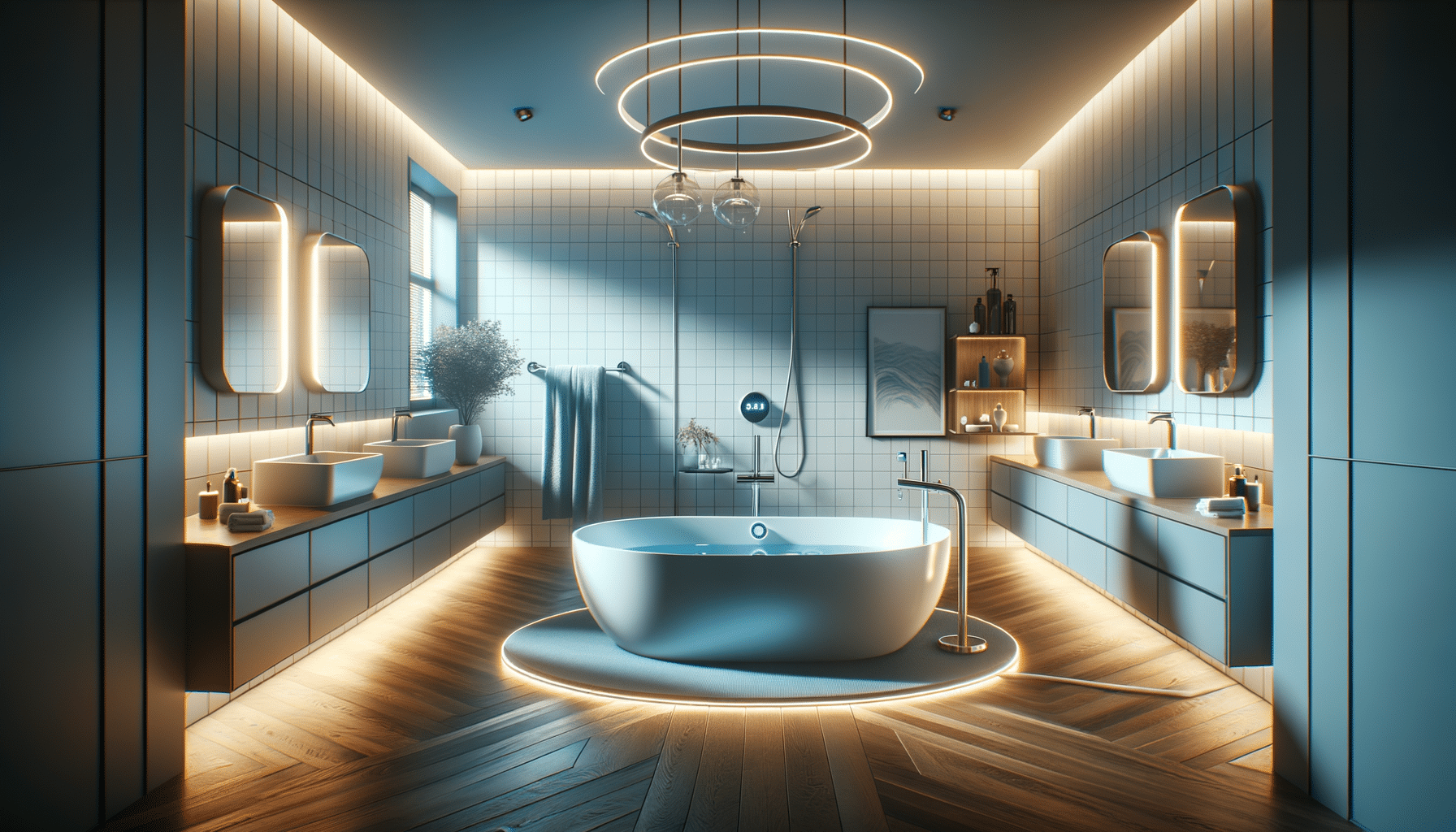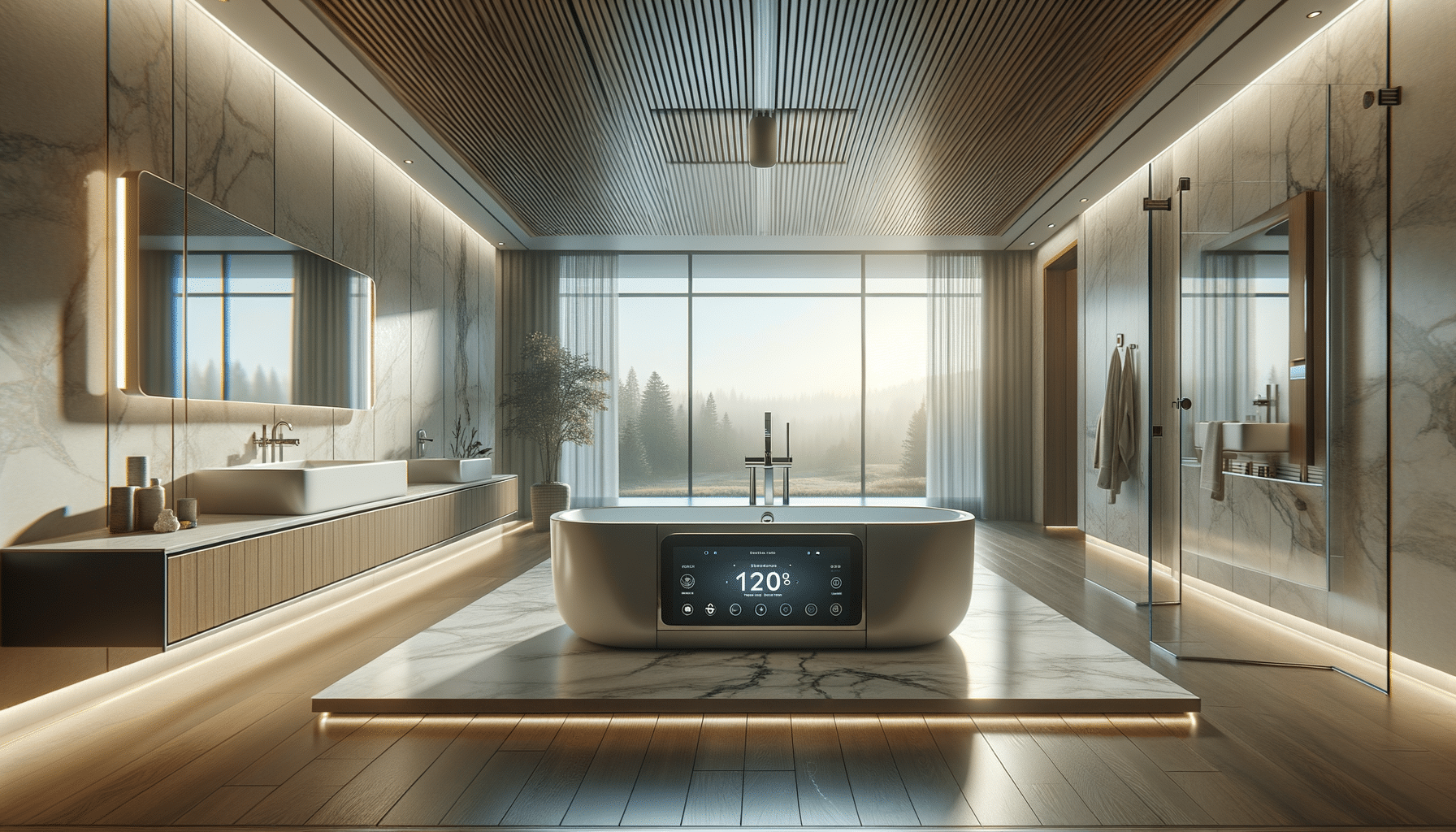
How Traditional Air Conditioners Continue to Shape Home Comfort in 2025
Understanding the Need for Installation-Free Cooling
Traditional air conditioners, such as split systems and central units, have long dominated the landscape of home climate control. However, not every living space is suited for such systems due to installation complexity, cost, or building restrictions. This has led to a growing interest in air conditioning solutions that don’t require professional installation. These alternatives provide a practical approach for renters, small-space dwellers, and those looking for a more flexible cooling option. In 2025, as urban living continues to densify and remote work trends push people to adapt different spaces in their homes, the demand for portable and installation-free AC units has grown significantly.
Consumers are increasingly aware of the benefits of avoiding permanent alterations to their living spaces. For many, drilling holes for ducts or mounting external condensers is simply not an option. In such cases, portable air conditioners, evaporative coolers, and windowless AC units can offer a viable way to stay comfortable during warmer months without the constraints of traditional installations.
How Traditional AC Systems Still Influence Modern Alternatives
Despite the rise of installation-free cooling options, traditional air conditioners continue to shape how we define and measure comfort. Their high efficiency, consistent performance, and ability to cool large spaces provide a benchmark for newer models to aspire to. Many portable or non-installed units now feature technology initially developed for traditional systems, such as programmable thermostats, multiple fan speeds, and energy-saving modes.
The evolution of air conditioning is not a matter of replacement, but rather diversification. While central systems remain the go-to for full-home solutions, many manufacturers have adapted their technology to cater to smaller, mobile units. This includes innovations such as:
- Improved refrigerant systems that enhance cooling power
- Compact compressor designs for quieter operation
- Smart home integration, allowing users to control temperature remotely
These features, once exclusive to installed systems, are now being integrated into non-installed units, expanding the appeal and functionality of portable cooling devices.
Types of AC Without Installation
There are several types of air conditioners that do not require permanent installation, each catering to different user needs. Understanding these options can help consumers make an informed decision based on their space, budget, and cooling requirements.
Common categories include:
- Portable Air Conditioners: These units can be moved between rooms and typically require only a window kit to vent hot air.
- Evaporative Coolers (Swamp Coolers): Ideal for dry climates, these use water evaporation to cool the air and do not require exhaust hoses.
- Windowless Air Conditioners: These function similarly to portable units but do not need access to a window or external vent in some models.
- Mini Air Coolers: Compact and USB-powered, suitable for personal use in small spaces or at a desk.
Each type offers a unique balance between portability, cooling capacity, and energy efficiency, making them suitable for different applications from dorm rooms to small apartments.
Benefits and Limitations of Installation-Free Units
Air conditioners without installation provide a range of benefits, but they also come with certain limitations that buyers should consider. On the positive side, these units are generally more affordable upfront and can be used immediately without the need for professional help. They are also ideal for people who move frequently or live in rental properties where permanent modifications are not allowed.
Key benefits include:
- Easy setup and mobility
- No need for structural changes to the home
- Lower maintenance requirements
However, there are trade-offs to consider. Most units are less powerful than central systems and may struggle to cool larger areas. Noise levels can also be higher, and the need to manually empty water tanks or manage venting can be inconvenient for some users. These limitations mean that while installation-free units are a practical option, they may not be suitable for every situation.
Future Trends in Cooling Technology
As the demand for flexible cooling solutions increases, manufacturers are investing in research and development to make installation-free air conditioners more efficient and user-friendly. In 2025, several trends are shaping the future of these devices. These include the integration of smart technology, use of eco-friendly refrigerants, and enhanced energy efficiency through better design and components.
Some emerging features to watch for are:
- Wi-Fi connectivity and mobile app controls
- Self-evaporating systems that reduce maintenance
- Compact designs with higher BTU ratings
- Solar-powered or battery-assisted models for off-grid use
These innovations are making portable and non-installed air conditioners more competitive with traditional systems. As a result, they are becoming a more attractive option for a broader range of users, contributing to a more sustainable and adaptable approach to home cooling.
Conclusion: Choosing Comfort That Fits Your Lifestyle
In today’s diverse housing landscape, air conditioners without installation offer a valuable alternative to traditional systems. While they may not entirely replace centralized cooling, they provide a flexible and accessible way to stay comfortable in spaces where installation is impractical or undesired. Whether you’re a renter, a student, or simply looking for a supplementary cooling option, these units can deliver reliable performance with minimal hassle. As technology continues to evolve, so too will the effectiveness and convenience of these solutions, ensuring that home comfort remains within reach for everyone.


